Certification for General Duty Clause, Section 5(a)(1) of the Occupational Safety and Health Act of 1970, 29 CFR 1910.22 Walking-Working Surfaces, • 29 CFR 1910.35-38 Exit Routes and Emergency Planning, 29 CFR 1910.141 Sanitation, 29 CFR 1910.157 Fire Extinguishers, 29 CFR 1910.106, 29 CFR 1910.1030 Flammable Liquids, 29 CFR 1910.1200 Hazard Communication, 29 CFR 1910.25 Stairways, 1915.81 Housekeeping, 1926.25 Housekeeping
Who Needs this Training?
According to OSHA All employees working in these areas:
- Those who work on jobsites and may exposed to hazards.
- Workers that may be involved in work types that may create clutter or messes on site.
- Those that train or modify training exposures.
- Those that are new to the jobsite.
Dangers of Remaining Uncertified
Poor housekeeping can be a cause of incidents, such as:
- tripping over loose objects on floors, stairs and platforms
- being hit by falling objects
- slipping on greasy, wet or dirty surfaces
- striking against projecting, poorly stacked items or misplaced material
- cutting, puncturing, or tearing the skin of hands or other parts of the body on projecting nails, wire or steel strapping
To avoid these hazards, a workplace must “maintain” order throughout a workday. Although this effort requires a great deal of management and planning, the benefits are many.
Included Topics
By the end of this course we will have covered the following topics:
Introduction-0:22
Topic 1 Safety with Sharp Objects-4:33
Topic 2 Sanitation-4:53
Topic 3 Emergency Action Plan-8:48
Topic 4 Chemical Safety-3:17
Topic 5 Safe Lifting and Material Handling-6:28
Topic 6 Preventing Slips, Trips, and Falls-6:31
Summary-0:42
Course Layout
Course format consists of video instruction, intermediate quizzes, and Final Knowledge Check
Course Duration
A minimum of 45 minutes is required to complete this course.
Recertification
When an employer has reason to believe that an affected worker does not recognize existing hazards or proper precautions at some point after the initial training, the employer is required to provide retraining for that worker, in accordance with 29 CFR 1926 and 29 CFR 1910. For example, workers must be retrained when:
- Changes in the workplace render previous training obsolete.
- Incidents occur on site.
- Inadequacies in workers’ knowledge or hazard precautions indicate that they do not adequately understand training.
Certificate of Completion
A completion certificate is available for printing immediately upon successfully finishing the course.
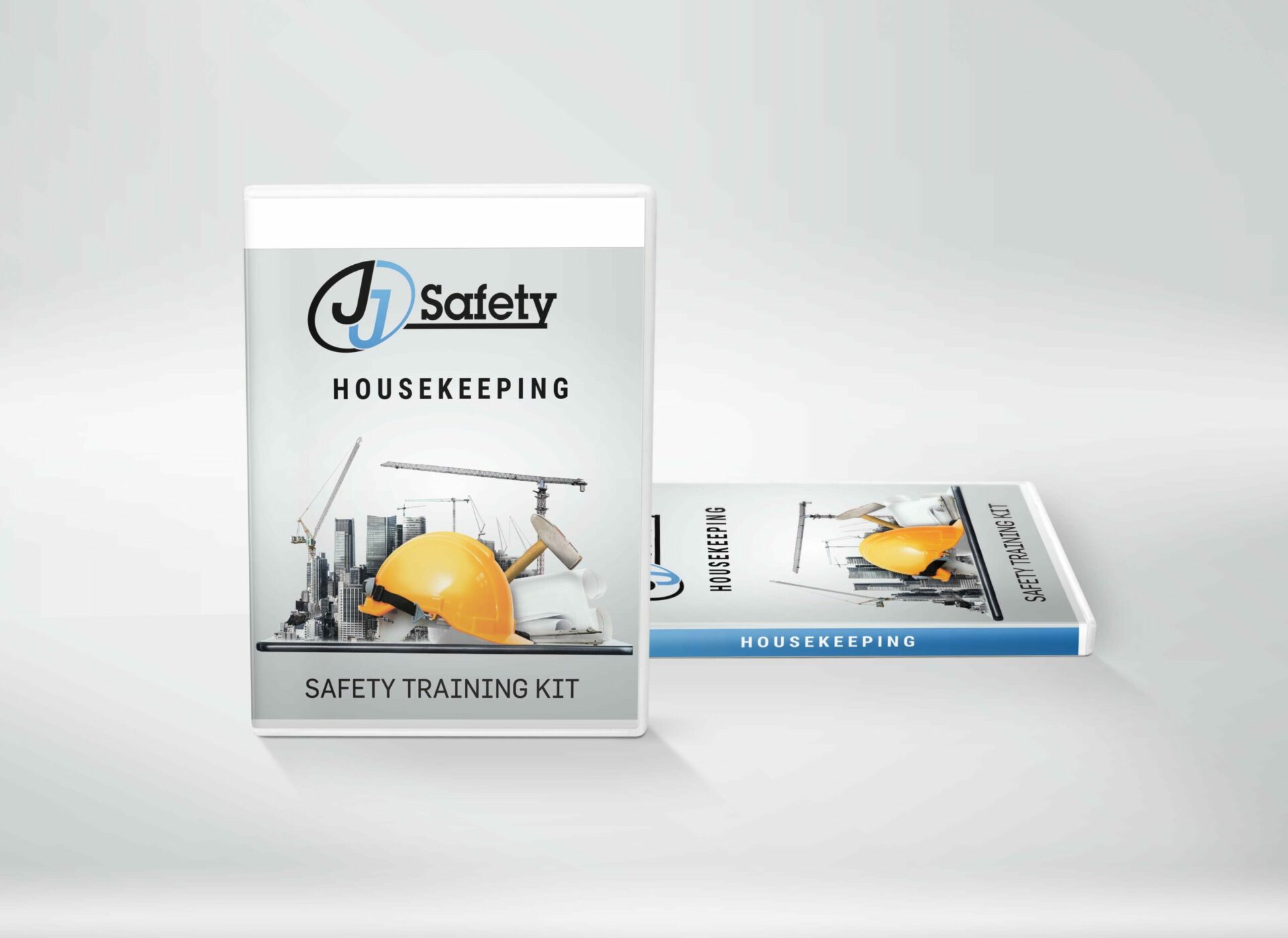
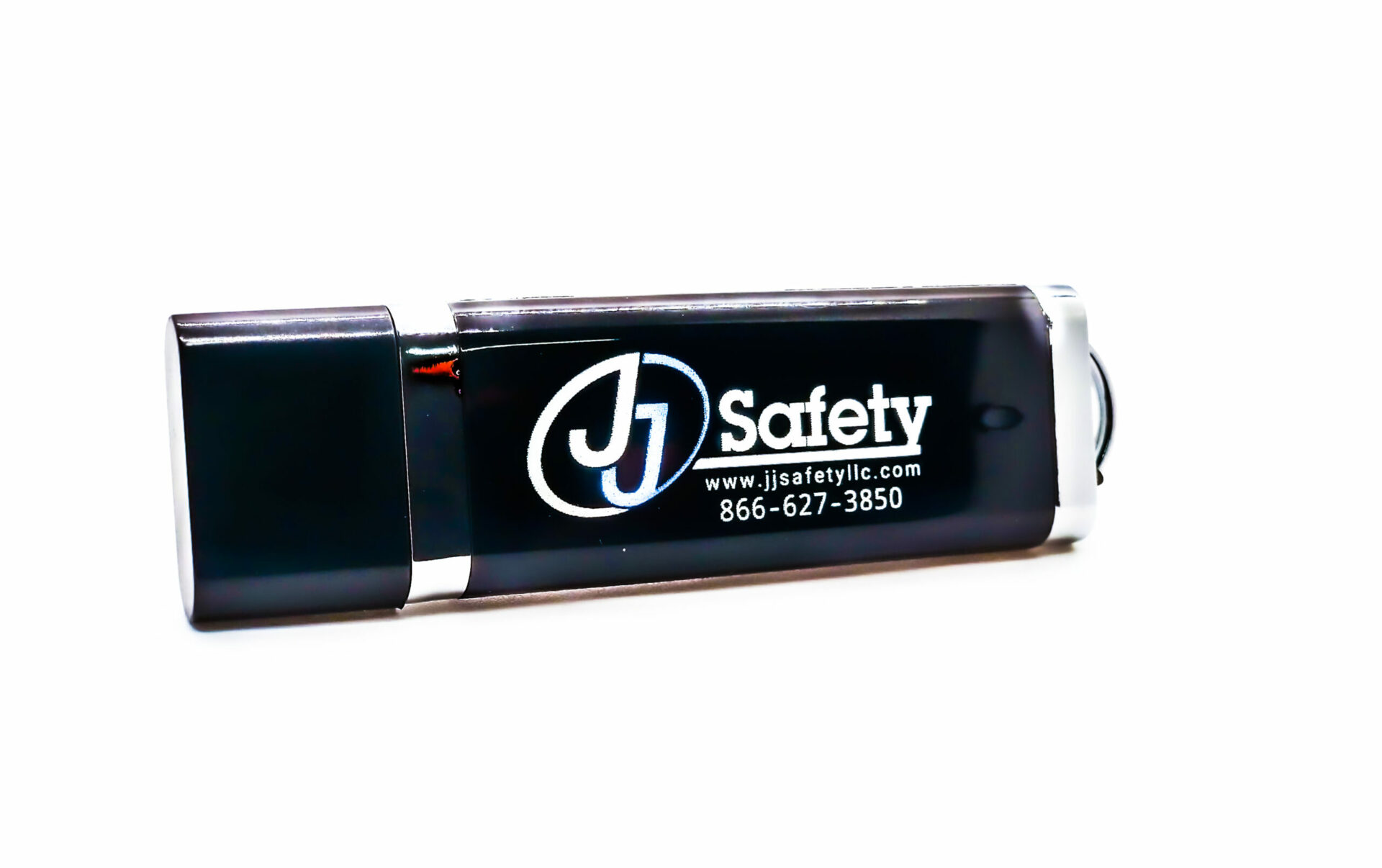
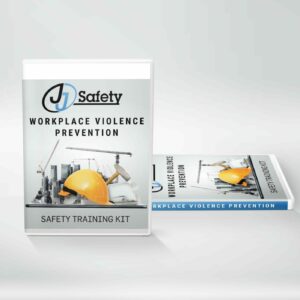
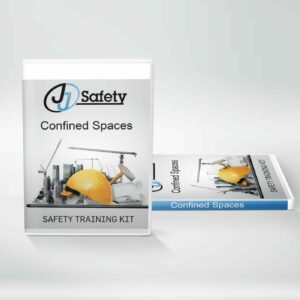
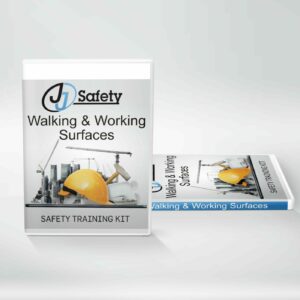

Reviews
There are no reviews yet.